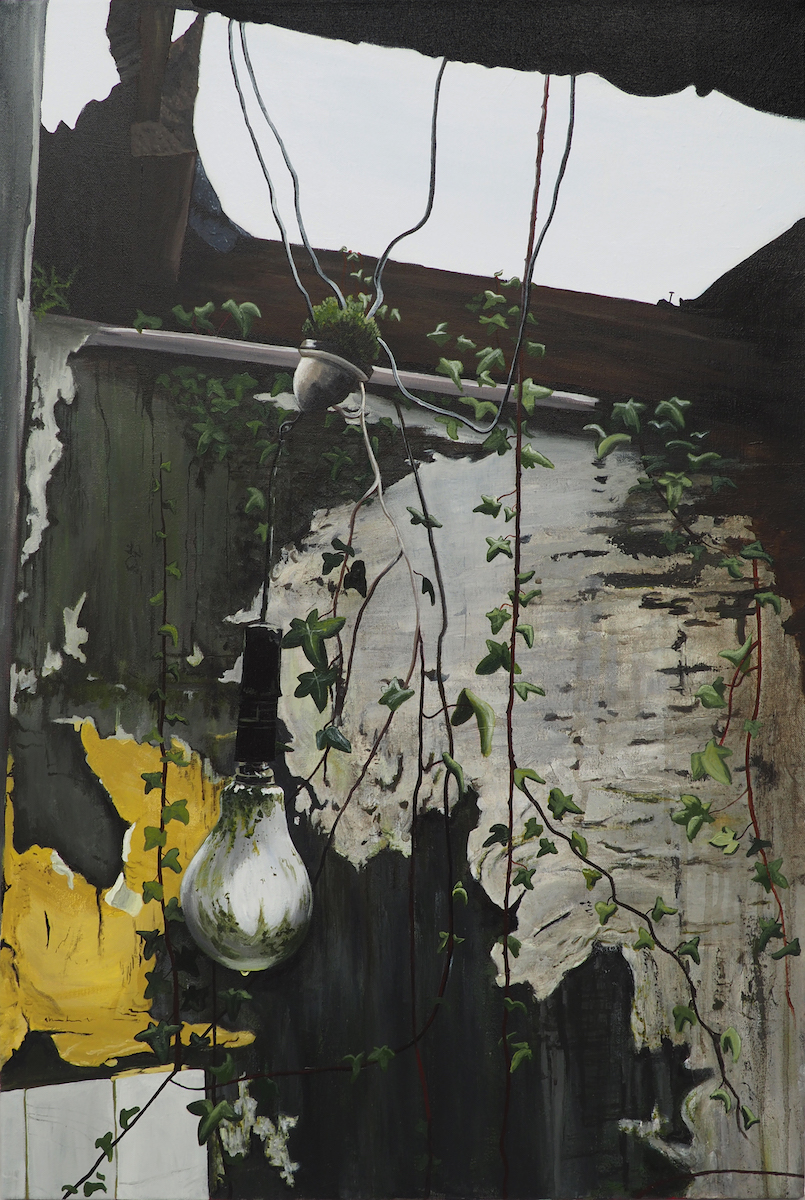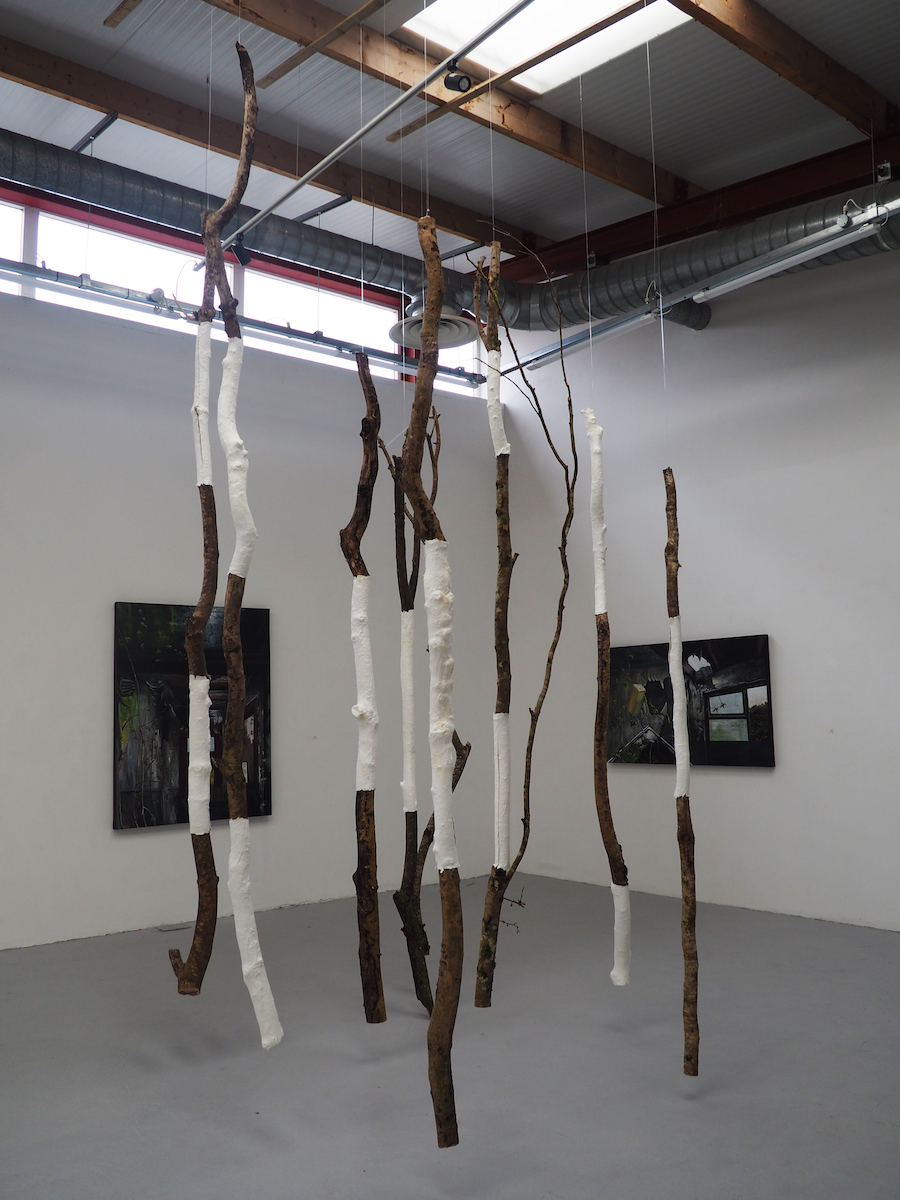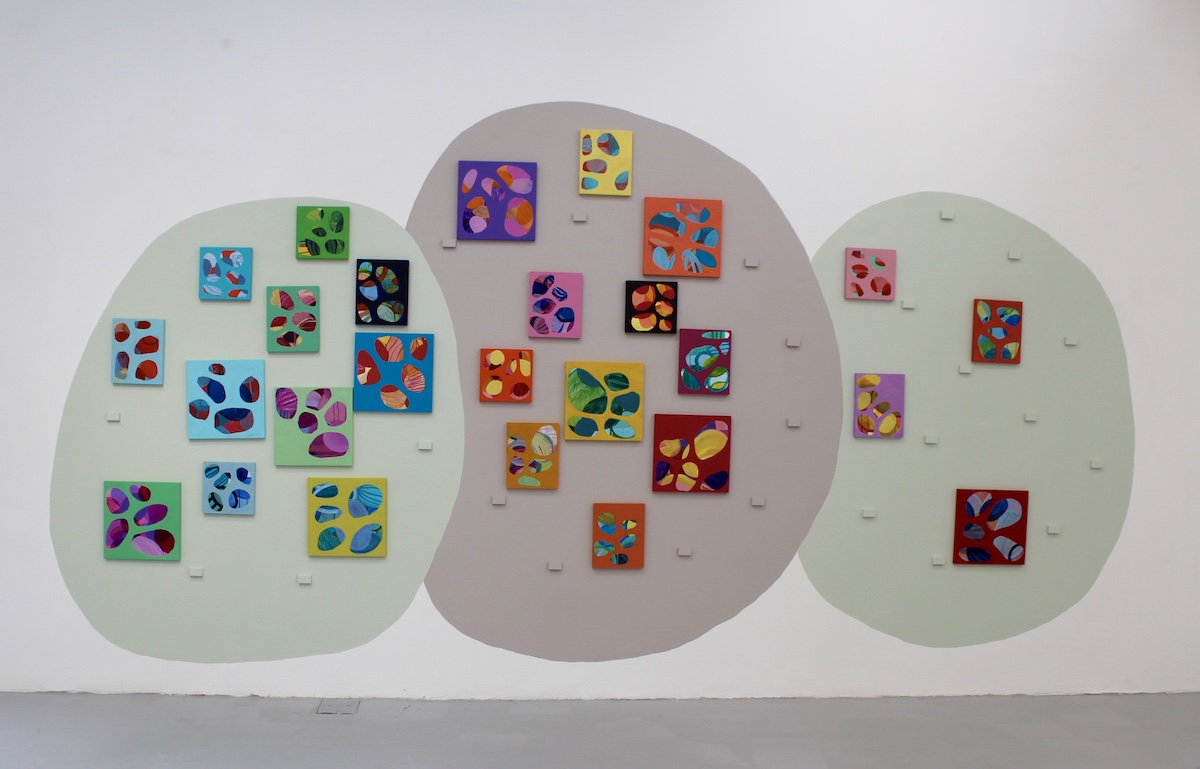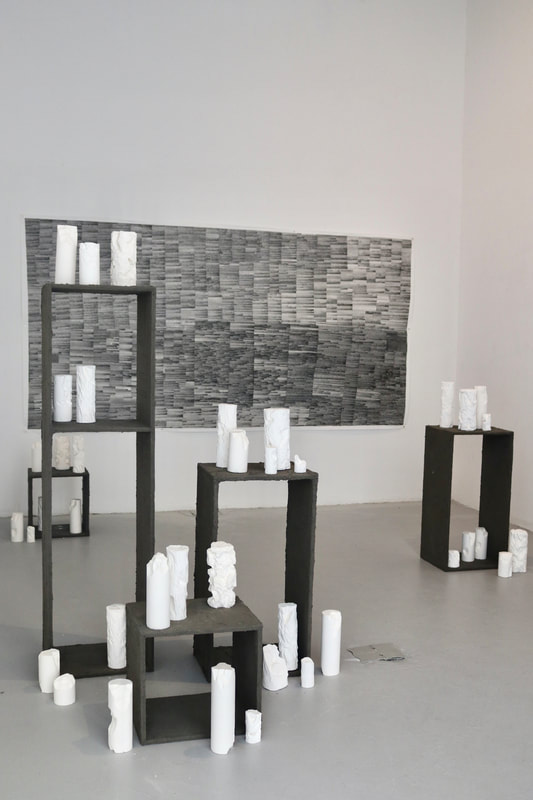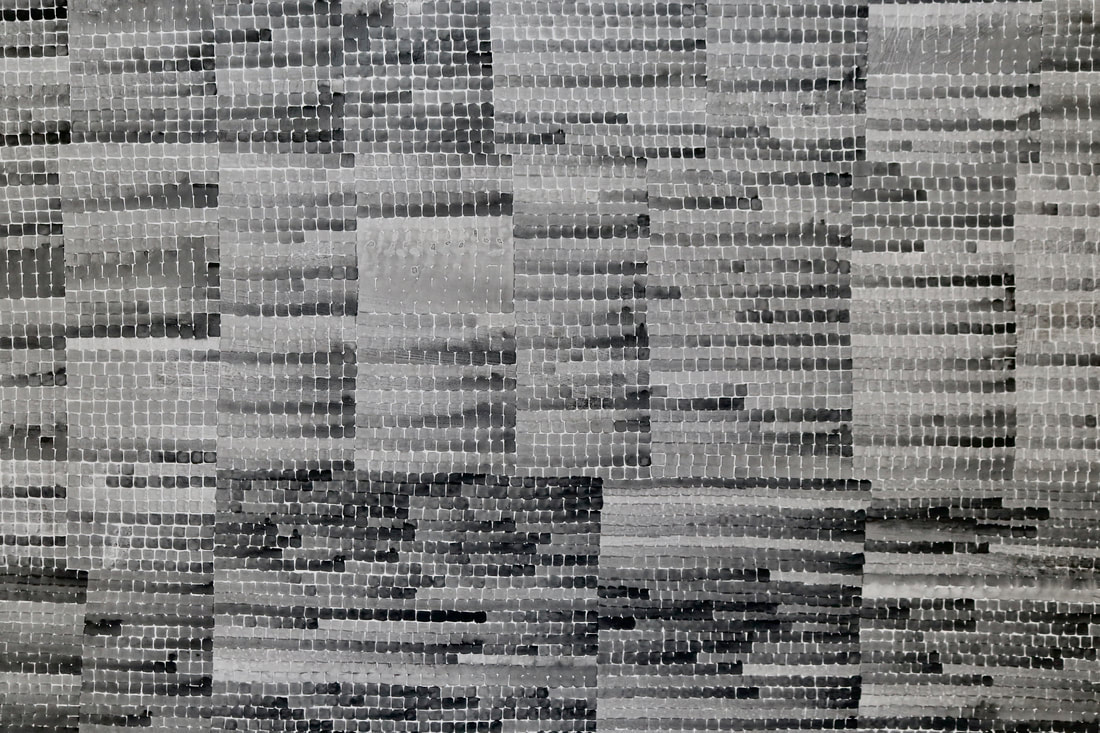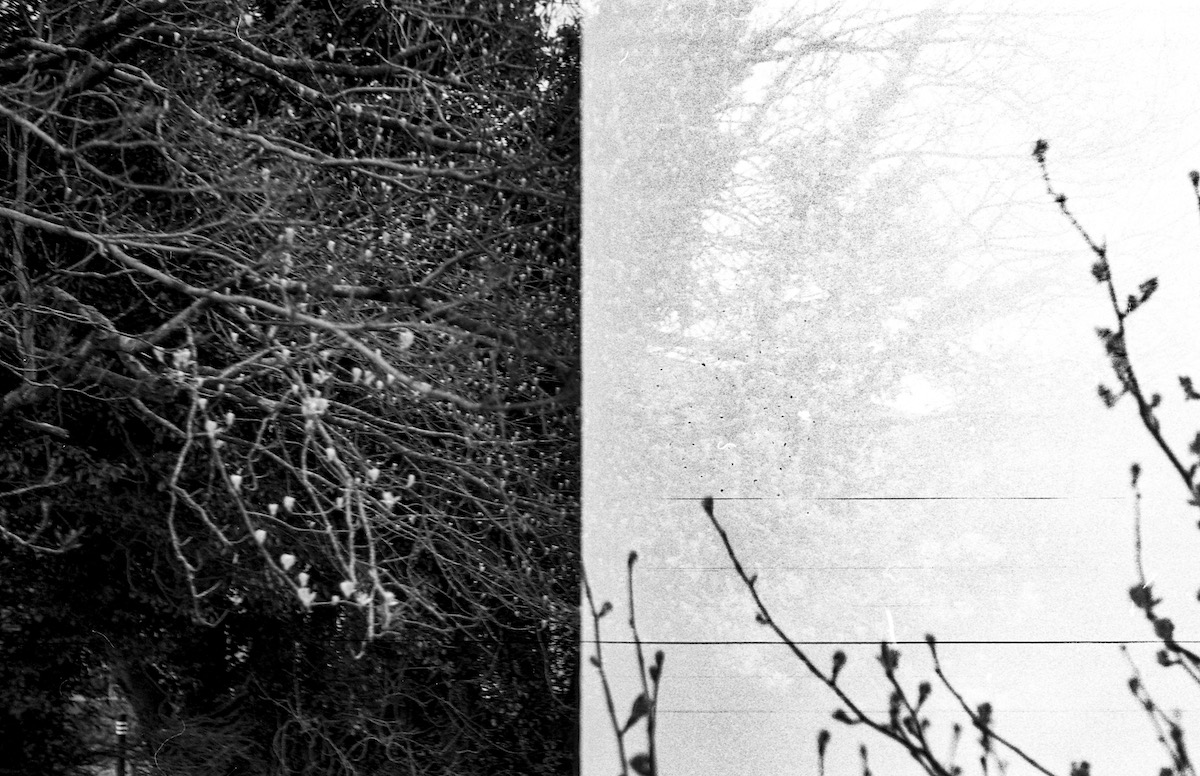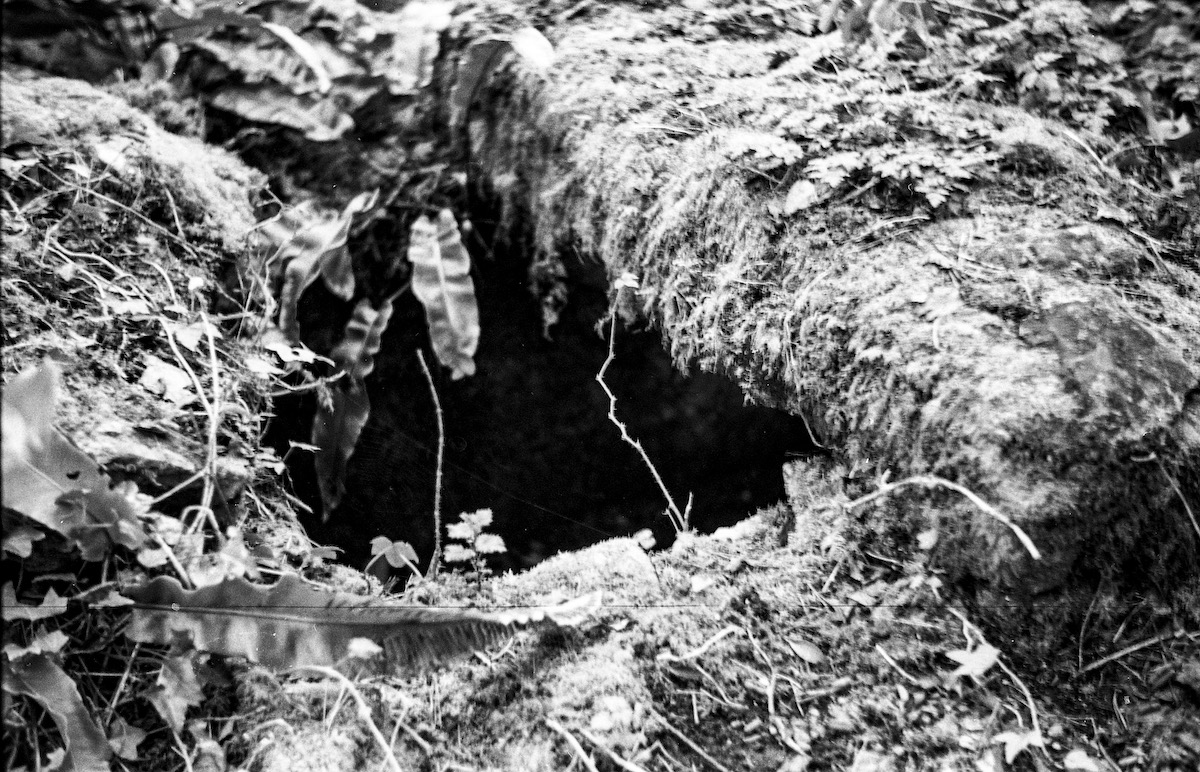Periphery, MFA Exhibition 2019, Burren College of Art
I’ll be honest. Despite my contention that climate change is one of the most pressing issues of our time, I am growing a little tired of art that claims to engage with the natural environment. I often find myself brushing these claims off as a thinly veiled excuse to paint pretty things. In an attempt to challenge my temperament, I went to view the MFA exhibition at the Burren College of Art in County Clare – a respected rural institution seated among moon-like limestone terrain. Running for two weeks in April, Periphery looks at manmade interventions and psychological states associated with the surrounding karst landscape.
Katie Kramer, the only Art & Ecology graduate exhibiting, surprises me with a sophisticated take on nature in the accompanying text, “We envision nature as an untouched otherness to humanity while we are simultaneously entwined in its construct.” A tenuous tangle of plants and manmade interiors play out across her acrylic paintings. The work is realistic with a touch of dreamy collage in a style reminiscent of The New Leipzig School. The paintings can be viewed through a cluster of branches, striped with paper pulp moulds and suspended in mid-air – a sculptural variant of the same discreetly altered realism. The dynamism of the work carries it beyond the well-worn image of a vengeful mother nature. Nearby, Perrin Duncan injects colour into the noticeably monochromatic space. Duncan’s paintings are cavernous and puzzle-like. Flat layers of colour frame interlocking spheres of varying tones. After reading up on the work’s conceptual framework, the compositions strike me as systems of organisms, at once connected and monumental. Duncan has invited viewers to rearrange canvases to their taste on a backdrop of large, muted orbs. This hands-on element (alongside the background information) gives life to what could otherwise come across as a very safe, commercial project.
Further down the room, a scattering of white sculptural prototypes populate a dimly lit, monastic enclave. Here, Kaitlynn Webster is grappling with a loss of the religious piety that occupied her youth. Cubed gradients of grey paint fill a blank piece of paper on the wall. There is a clear nod to the history of endurance art in the repetitive uniformity of Webster’s mark making. The work is timely, touching on a pervasive longing for transcendence through discipline and repetition. A trajectory common to scientism and mysticism. It is a concept at home in the meditative landscape of the Burren but one which relies perhaps too heavily on the authority of modernist tropes of constraint and endurance.
Morgan Madison’s work is more difficult to put into words, and lingers on my mind for this very reason. Back in the main space, a paper carousel sits on a white table. Among the folds, diaristic snippets of text accompany simple black and white photographs of flowering branches. A little black line runs through each image – consequence of her grandfather’s faulty camera. Remembering her grandmother, Madison asks: “How am I this woman, whose name still causes some to utter under their breath ‘bitch’?” She wonders how, at the same time, she can embody the platitudes of her more placid grandfather. Further along the carousel, she contemplates sex as a performative act in which a person can momentarily escape the reality of their solitude as a singular entity. The writing evokes a powerful image of the psyche as a room of spirits, parts or sub-personalities. Though they exist within you, some may take on the voice of a grandparent, a past lover, a school teacher… Madison’s gestures toward time and connection are subtle within the formal confines of the work, and raise important questions of alterity within identity (something which strikes a chord with my own experience of rural life). There is a sense of unpredictability or accident preserved by the text which breaks with the tight formalism at play in the room.
The art world is badly in need of engagement with the periphery, particularly in Ireland – a country with one of the highest proportions of people living in rural areas among the EU states. What is less clear is the manner in which this engagement should unfold. Periphery marks a strong effort on behalf of the artists to move the conversation forward while remaining true to their individual practices. Alongside the college’s signature attentiveness to materiality, a noticeably social aspect is emerging.

